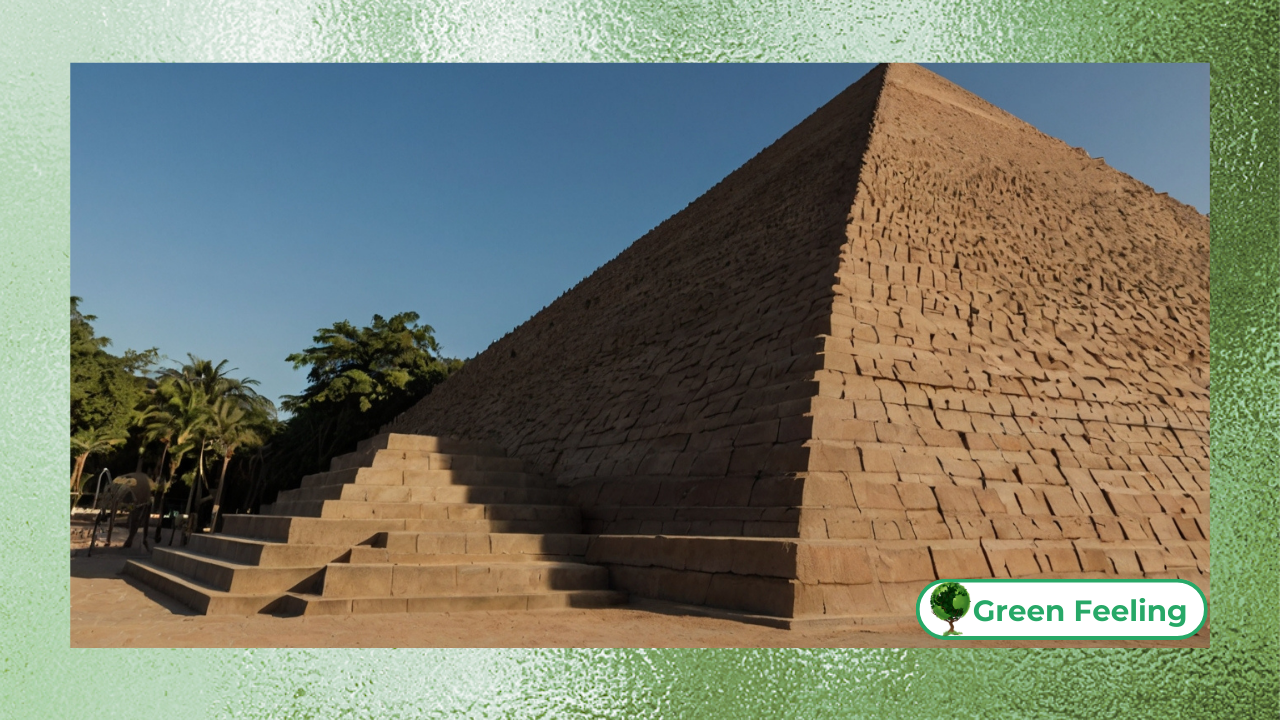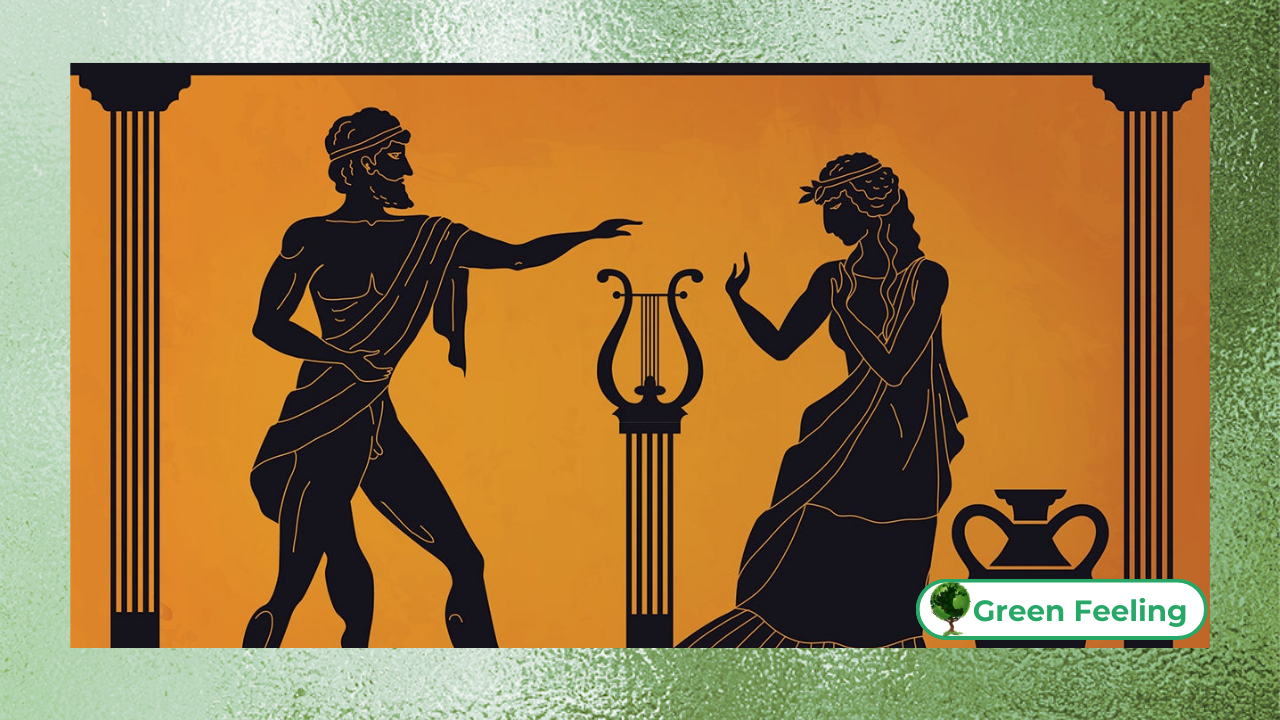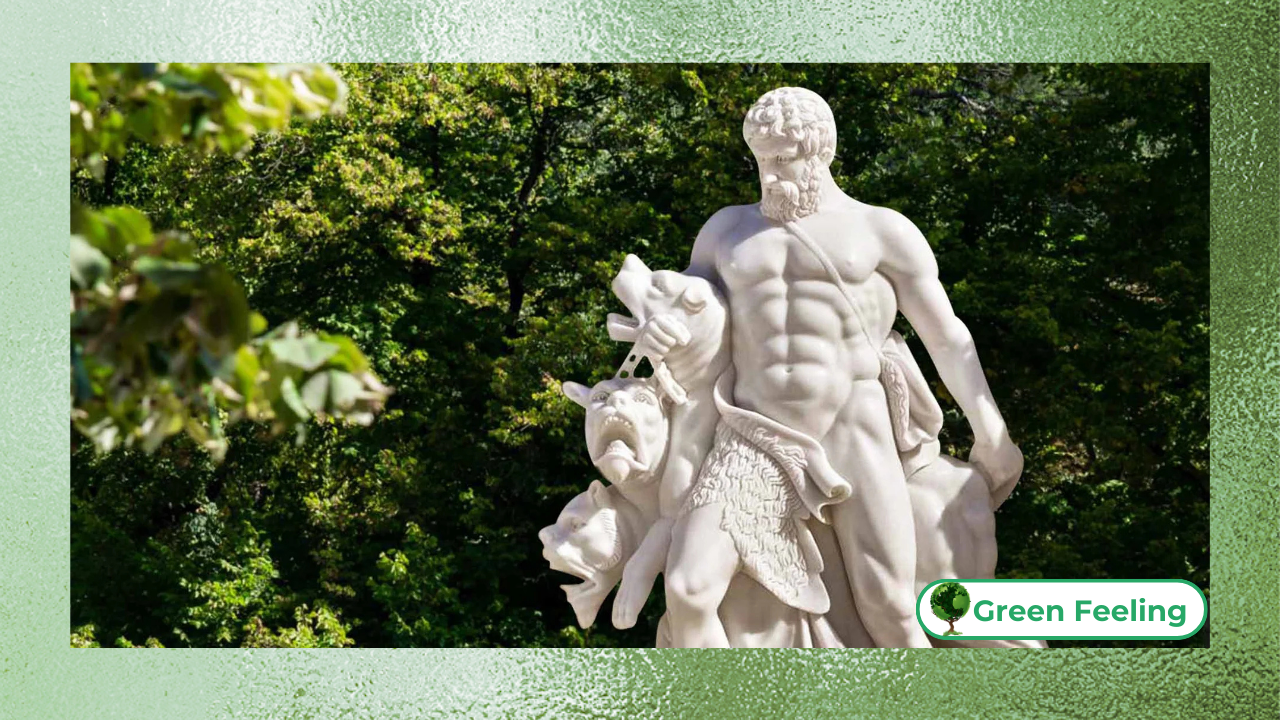Mother Earth in the Andean Cosmovision: Sustainability and Respect for the Environment
The Andean cosmovision, deeply rooted in the traditions of indigenous peoples of South America, offers a unique perspective on the relationship between humans and nature.

At the heart of this worldview is Pachamama, the goddess of the earth, who embodies fertility, abundance, and the interconnectedness of all life.
Pachamama is not merely a mythological figure but a living entity that sustains and nurtures humanity.
This article explores the concept of Pachamama and how her reverence has influenced sustainable agricultural practices in the Andean region.
By understanding the principles of the Andean cosmovision, we can draw valuable lessons for promoting sustainability and environmental respect in modern agriculture.
- Pachamama represents the earth as a living, nurturing entity.
- The Andean cosmovision emphasizes harmony between humans and nature.
+ African Mythology: Spirits of the Earth and Mystical Creatures
The Concept of Pachamama in Andean Mythology

Pachamama, often translated as “Mother Earth,” is one of the most revered deities in Andean mythology.
She is seen as the source of all life, providing food, water, and shelter to her children.
Unlike Western perspectives that often view nature as a resource to be exploited, the Andean cosmovision regards Pachamama as a sacred being deserving of respect and gratitude.
Rituals and offerings, such as the “despacho” ceremony, are performed to honor her and maintain a harmonious relationship.
These practices reflect a deep understanding of the interdependence between humans and the natural world.
- Pachamama is the source of life and sustenance.
- Rituals like the “despacho” ceremony honor her and maintain balance.
+ 10 Interesting Facts About Chilean Culture
Pachamama and Sustainable Agriculture
The reverence for Pachamama has profoundly influenced agricultural practices in the Andean region.
Traditional farming methods, such as terracing, crop rotation, and polyculture, are designed to work in harmony with the earth rather than against it.
For example, the ancient Inca civilization developed sophisticated terraced fields to prevent soil erosion and maximize water use in the mountainous terrain.
These practices not only ensured food security but also preserved the fertility of the land for future generations.
By viewing the earth as a living entity, Andean farmers have cultivated a sustainable approach to agriculture that modern systems can learn from.
- Terracing and crop rotation are key sustainable practices.
- The Inca civilization prioritized long-term soil health and water conservation.
Lessons from the Andean Cosmovision
The Andean cosmovision offers several key lessons for modern sustainability efforts.
One of the most important is the principle of reciprocity, or “ayni,” which emphasizes giving back to the earth what is taken.
This concept is reflected in practices such as composting, organic fertilization, and the conservation of natural resources.
Another lesson is the importance of biodiversity, as the Andean people recognize that a diverse ecosystem is more resilient and productive.
These principles align closely with contemporary agroecological practices, which prioritize ecological balance and resource conservation.
- Reciprocity (“ayni”) is central to the Andean worldview.
- Biodiversity is valued for its role in ecosystem resilience.
+ The Role of Animals in Mythology: Guardians of Nature
Applications of Andean Principles in Modern Agriculture
The principles derived from the Andean cosmovision can be applied to modern agriculture in various ways.
Agroecology, for instance, draws on the idea of working with nature rather than against it, much like the harmonious relationship between Andean farmers and Pachamama.
Practices such as intercropping, agroforestry, and organic farming align with the Andean emphasis on biodiversity and soil health.
Additionally, the concept of sacred landscapes, as seen in the Andean tradition, can inspire the creation of conservation areas within agricultural systems.
The table below summarizes some Andean principles and their modern agricultural applications.
| Andean Principle | Modern Agricultural Application | Example |
| Reciprocity (“ayni”) | Composting and organic fertilization | Using crop residues to enrich soil |
| Biodiversity | Intercropping and agroforestry | Planting trees alongside crops |
| Sacred landscapes | Conservation areas and buffer zones | Protecting wetlands and forests |
| Cyclical rhythms | Crop rotation and seasonal planting | Rotating legumes with cereals |
Case Studies: Pachamama-Inspired Practices in the Andes

The influence of Pachamama on sustainable agriculture can be seen in various regions of the Andes.
In Peru, the Quechua people continue to practice ancient agricultural techniques, such as terracing and crop diversity, inspired by their reverence for Pachamama.
These practices have been recognized for their ability to enhance soil fertility and water conservation.
In Bolivia, the Aymara people perform rituals to honor Pachamama before planting and harvesting, ensuring that their actions are in harmony with the earth.
These case studies demonstrate the practical benefits of integrating mythological principles into farming systems.
- Quechua terracing and crop diversity in Peru.
- Aymara rituals honoring Pachamama in Bolivia.
The Role of Animals in Mythology: Guardians of Nature
Challenges and Opportunities
While the principles of the Andean cosmovision offer valuable insights, their application in modern agriculture faces challenges.
One major challenge is the loss of traditional knowledge due to urbanization and cultural erosion.
Additionally, the scalability of ancient practices in large-scale farming systems can be difficult.
However, there are opportunities to integrate these principles into modern frameworks, such as through education, community-based initiatives, and policy support.
By bridging the gap between ancient wisdom and contemporary science, we can create more sustainable agricultural systems.
- Loss of traditional knowledge is a significant challenge.
- Education and policy support can help integrate ancient practices.
Future Prospects and Research Directions
The future of integrating Andean principles into sustainable agriculture looks promising.
Research is increasingly focusing on the synergies between traditional knowledge and modern science.
For example, studies are exploring how indigenous practices can enhance climate resilience and soil health.
There is also growing interest in documenting and preserving traditional myths and practices as part of cultural heritage.
By fostering collaboration between farmers, researchers, and policymakers, we can ensure that the wisdom of Pachamama continues to inform and inspire sustainable agriculture.
- Synergies between traditional knowledge and modern science.
- Documentation and preservation of cultural heritage.
The Tea Ceremonies and Their Cultural Roots Around the World
Did you enjoy learning about “Mother Earth in the Andean Cosmovision: Sustainability and Respect for the Environment”?
If so, share this article with others who might benefit from understanding how ancient wisdom can inspire modern sustainability efforts!
Conclusion
The Andean cosmovision, centered on the reverence for Pachamama, offers a profound understanding of the relationship between humans and nature.
By viewing the earth as a living, sacred entity, the Andean people have developed sustainable agricultural practices that prioritize ecological balance and resource conservation.
These principles, rooted in reciprocity, biodiversity, and respect for natural cycles, provide valuable lessons for modern agriculture.
As we face the challenges of climate change and environmental degradation, integrating the wisdom of Pachamama into contemporary farming systems can help create a more sustainable and resilient future.
References
GADE, D. W. Nature and Culture in the Andes. Madison: University of Wisconsin Press, 1999.
TOLEDO, V. M. Indigenous Knowledge and Sustainable Agriculture in Latin America. Agroecology and Sustainable Food Systems, v. 25, n. 2, p. 45-60, 2005.
UNESCO. Sacred Natural Sites: Conserving Nature and Culture. Paris: UNESCO Publishing, 2010.






